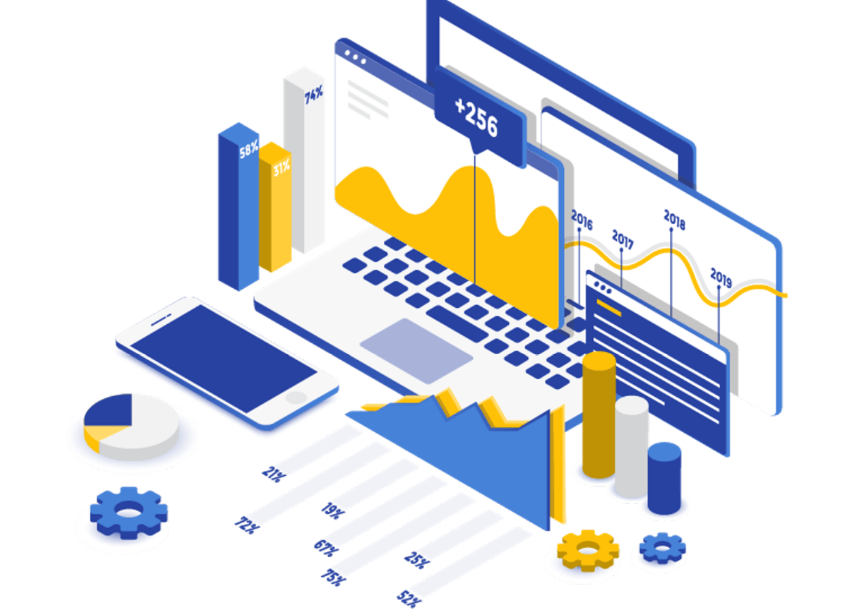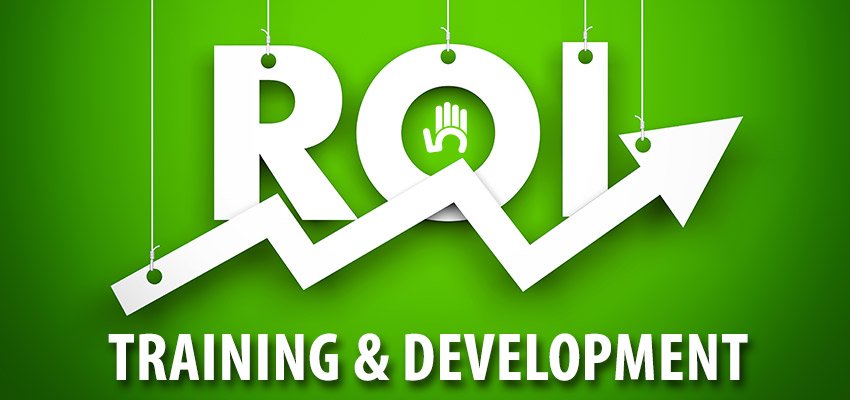Course Overview
The Advanced Data Analysis Techniques certification typically represents a formal recognition of one’s expertise in leveraging complex data analysis methods. It encompasses a range of skills, from sophisticated statistical models and machine learning algorithms to big data analytics tools. This certification is valued across industries that rely on data to drive decision-making, optimize operations, or innovate products and services. By mastering these techniques, certified professionals can extract meaningful insights, identify trends, and make predictions from vast datasets—providing a competitive edge to businesses that operate in data-driven sectors such as finance, healthcare, marketing, and technology.
This is a Rare Course and it can take up to 3 weeks to arrange the training.
Top Companies Hiring Advanced Data Analysis Techniques Certified Professionals
Top companies hiring Advanced Data Analysis Techniques certified professionals include Google, Microsoft, Amazon, IBM, Facebook, Deloitte, KPMG, EY, McKinsey & Company, and Accenture. These companies value advanced analytics skills for strategic decision-making, market insights, and enhancing business operations.The learning objectives of an Advanced Data Analysis Techniques course typically involve the following:
1. Develop a comprehensive understanding of various advanced data analysis methodologies.
2. Gain proficiency in applying statistical models and machine learning algorithms to real-world datasets.
3. Enhance skills in data preprocessing, feature selection, and dimensionality reduction techniques.
4. Understand the principles of predictive modeling and be able to evaluate model performance.
5. Cultivate the ability to interpret results and communicate findings effectively.
6. Learn to use advanced data analysis software and programming languages efficiently.
7. Familiarize with the ethical considerations in data analysis and the importance of data privacy.
Course Prerequisites
– Basic understanding of statistics- Familiarity with programming (Python/R)
– Knowledge of database concepts
– Experience with data manipulation and cleaning
– Grasp of machine learning fundamentals
– Comfort with mathematical concepts such as linear algebra and calculus
Target Audiance
- - Data scientists and analysts seeking to enhance their skills
- - Experienced professionals in IT, finance, research, or business intelligence
- - Managers overseeing data-driven decision-making processes
- - Individuals aiming to transition to roles requiring advanced analytical expertise
- - Academics and researchers using data analysis in their work



 4.7
4.7

